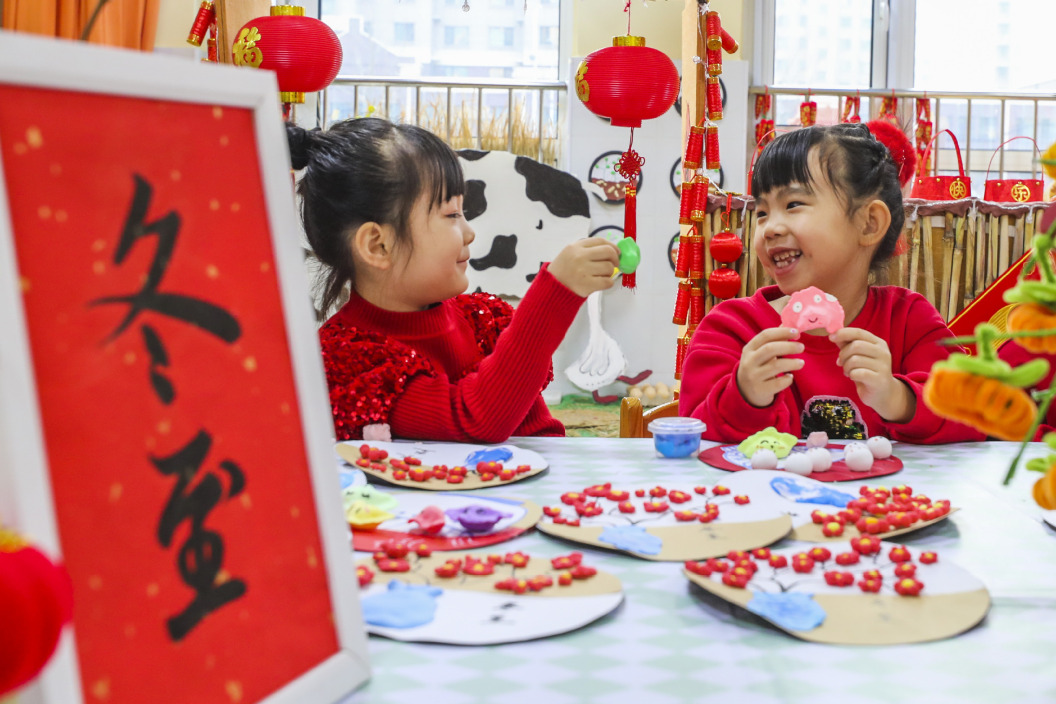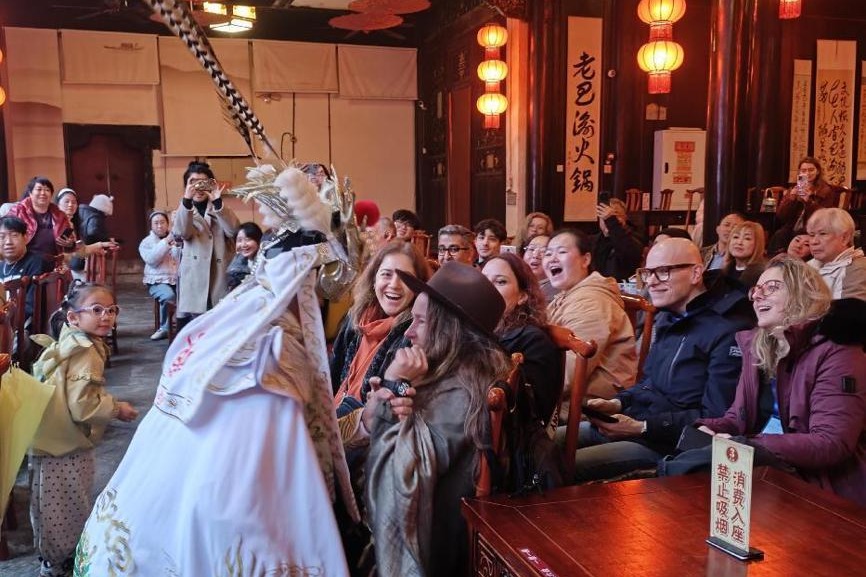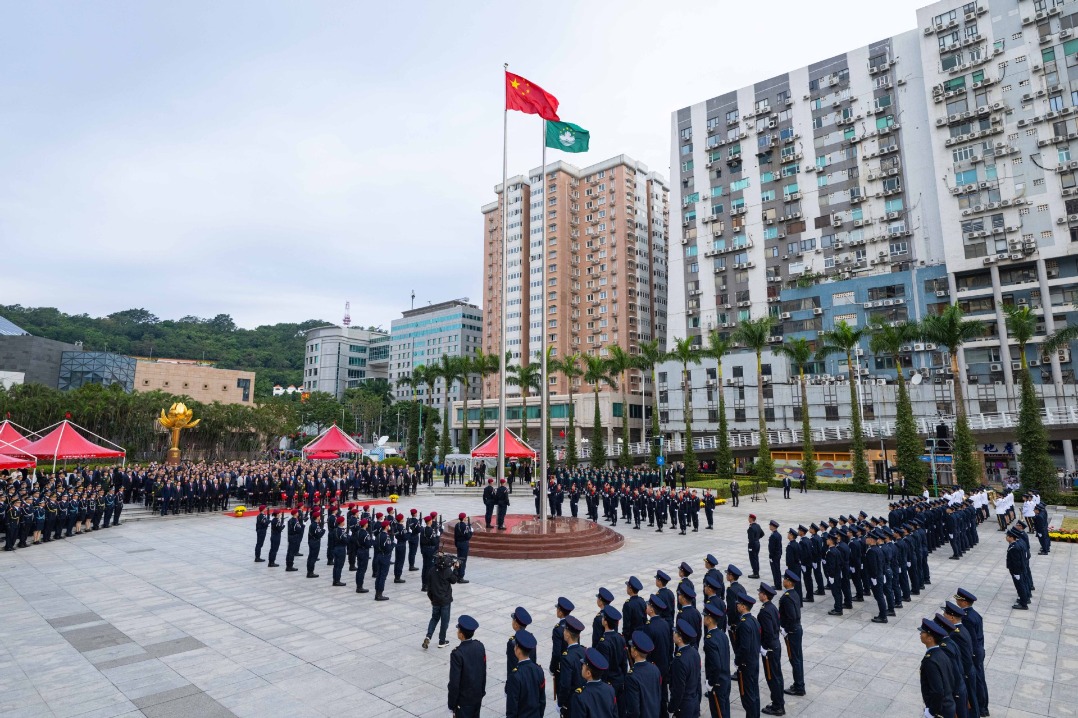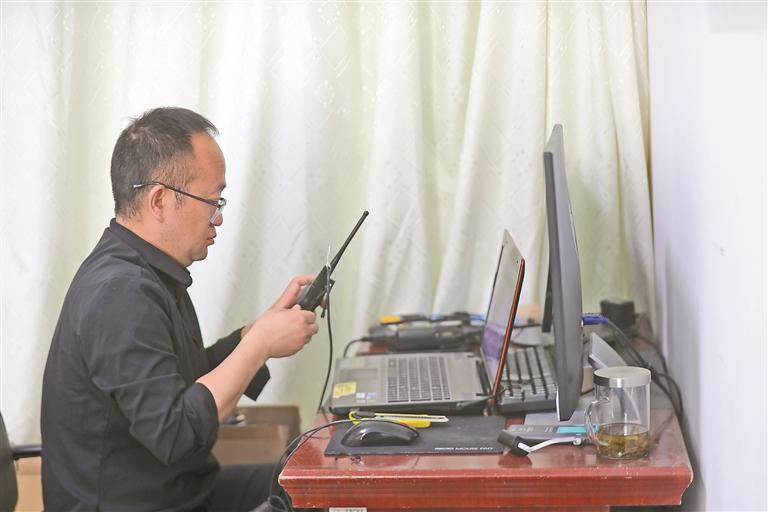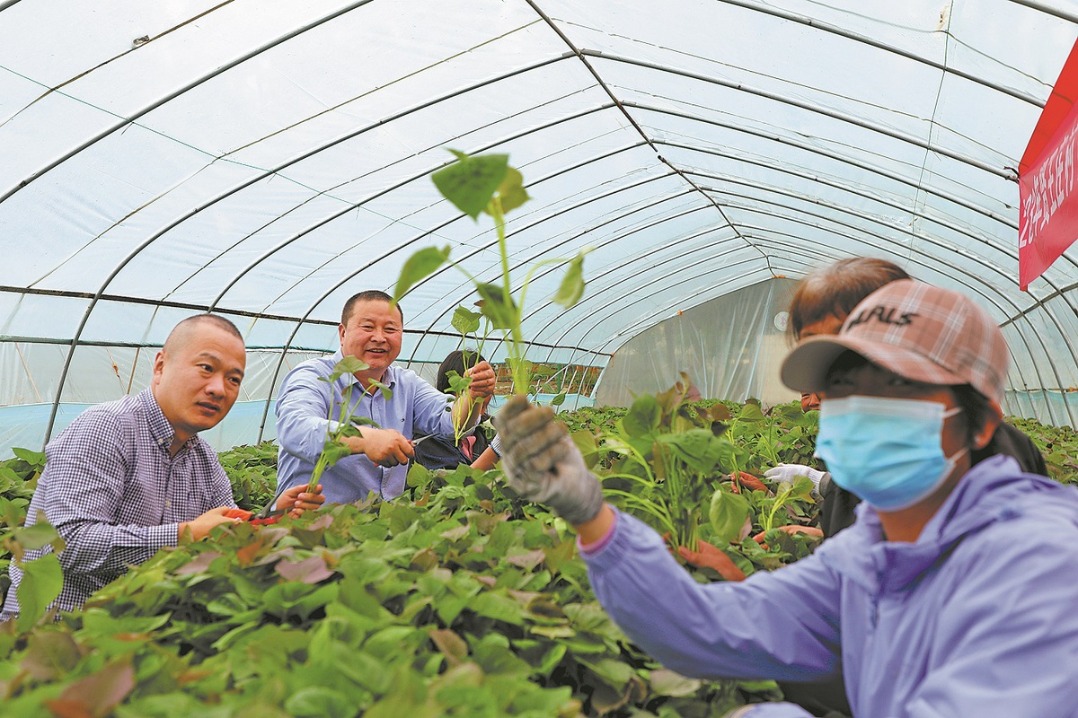Once steeped in poverty, village emerges with tea

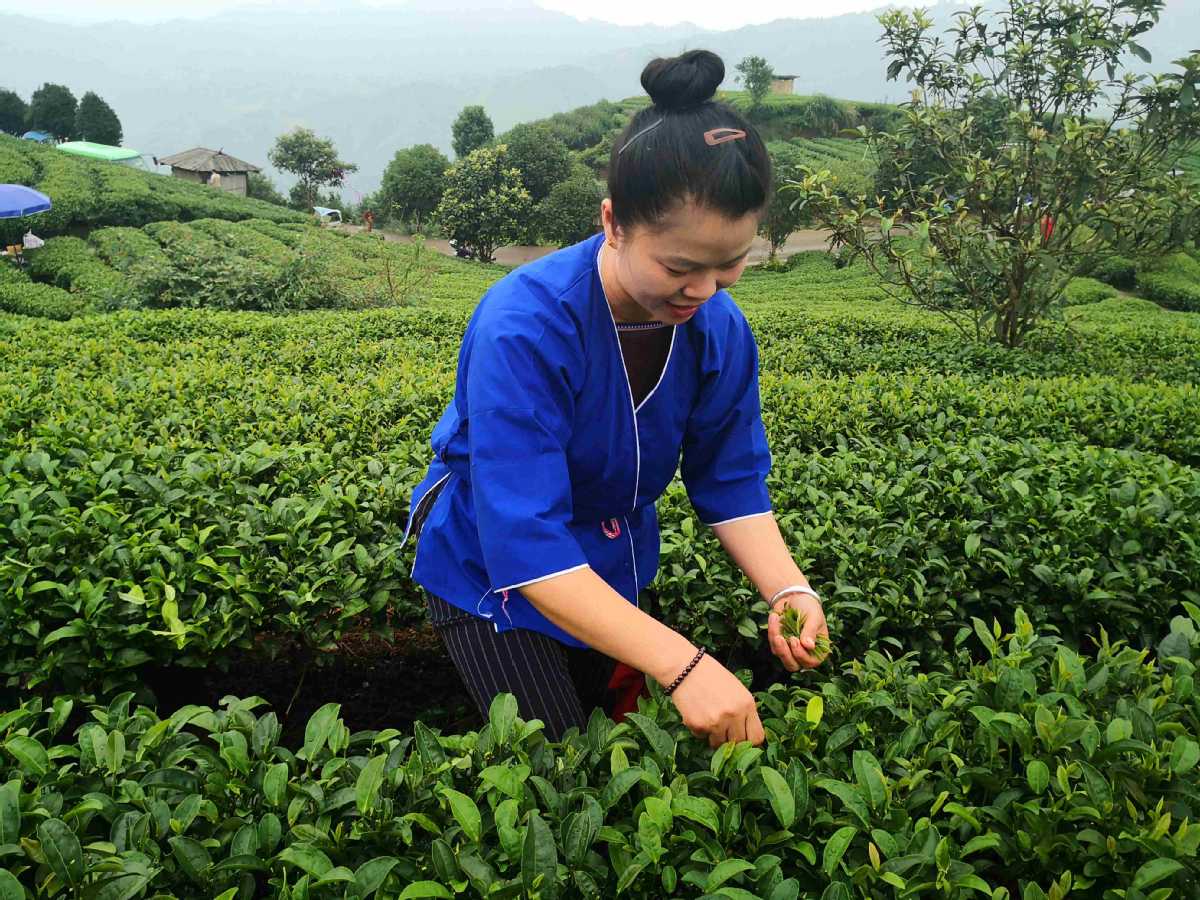
After engaging in tea planting for over 30 years, Mo Jingfan has harvested a promising life from her tea garden in Buyang village of Liuzhou city, Guangxi Zhuang autonomous region.
Mo, a member of the Dong ethnic group, started picking tea leaves when she was 8 years old in Sanjiang Dong autonomous county, one of the most poverty-stricken counties in the region. She lived hand-to-mouth for years.
"Most women here like me never attended any school and could do nothing but grow tea as we have little arable land," said Mo, 40.
With an altitude ranging from 600 to 1,000 meters, the tea gardens in Buyang are shrouded with mist and clouds all year round, making it an ideal place for tea cultivation.
In addition, the local spring tea can be harvested as early as February-even earlier than the tea in Zhejiang province, China's best-known tea base.
However, villagers still earned little income because of poor transportation and scattered tea gardens.
"Just 10 years ago, few dealers would come to purchase tea in our village, so we had to deliver it to the only factory in the county and sold it at 2 yuan ($0.29) a kilogram," Mo said.
Business took a turn for the better in 1988 when the local government started looking to develop the tea industry and selected Buyang as a pilot.
Benefiting from a modern agricultural demonstration program in 2015, the village's infrastructure has been improved significantly.
"It now takes me only five minutes to reach my tea garden by electric bike, and I usually work from 8 am to 6 pm," Mo said.
She said she doesn't nap during the day because the longer she works, the more tea she would pick.
"Now, the tea is priced at 30 yuan per kg for wholesale. I can harvest at least 5 kg a day, which brings me more than 150 yuan a day," she explained.
Apart from maintaining her tea garden, Mo also runs two retail tea shops and operates a processing workshop in her yard at home.
Last year, she earned 50,000 yuan from her tea sales.
By taking advantage of the tea industry and picturesque scenery, Sanjiang Dong began to develop tourism to boost the rural economy in 2017.
With an investment of 800,000 yuan, Buyang managed to win the national 4A-class scenic designation in 2018 and has received about 100,000 visitors since its establishment.
The village has established a commercial street featuring its tea and specialties such as paintings by farmers and bamboo-woven products.
"Nowadays, the core planting area in Buyang is 246.7 hectares, and our tea has been sold in overseas markets such as the United Kingdom and the United States," said Xie Xunting, Party chief of Buyang.
Among the 2,438 villagers of 661 households, only nine people remain impoverished, data from the village showed.
- Five trapped in flooding accident at Heilongjiang coal mine
- Long March 5 rocket deploys tech demo satellite into space
- China launches communication technology test satellite
- Spokesperson warns against aggression toward mainland fisherman
- Lhasa wetland reserve recognized as world's highest altitude wetland
- Chengdu woman sentenced for fatally stabbing neighbor
















